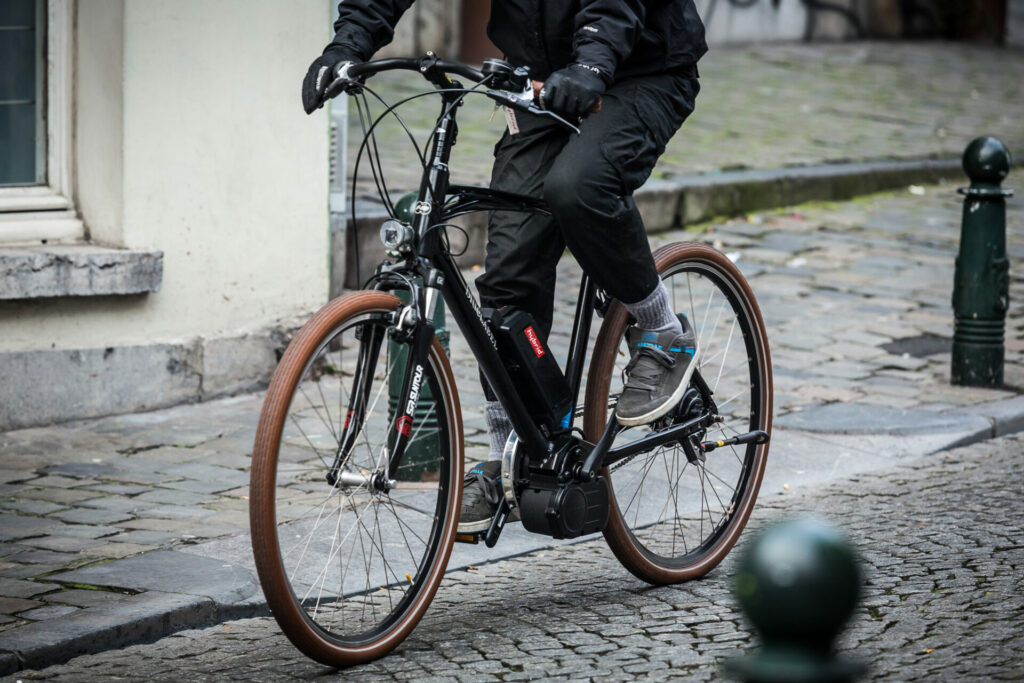The battery is the most expensive element of your electric bike and can even represent up to 50% of the purchase price. Suffice to say, is in the owner’s interest to take care of it, not only to optimise its lifespan but also to prevent it from catching fire.
Most e-bikes today are equipped with lithium batteries, which are significantly more efficient than lead-acid batteries. Yet although they produce considerable energy, they are also more likely to ignite.
Here are some precautions to limit the risks:
- Storage
Your battery should not be exposed directly to the sun's rays, nor to frost or moisture for that matter. The ideal temperature is between 5 and 25 degrees. In winter, if you do not use your bike, remember to remove the battery and store it with a charge of about 60%. Do not store it in a very damp garage.
- The load
It is highly recommended to use the original charger. Before the first use, make sure that the battery is fully charged to 100%. Then it will not be necessary to fully charge it before each outing; an average charge between 30 and 70% is sufficient and the battery will wear out less quickly than if it were full.
François Bringard is a workshop manager at Pro Velo: "Do not wait until it is completely discharged to recharge it, especially if it is not used for several months, it may not restart". As a final precaution, avoid recharging near flammable materials at night or when you are away from home. Finally, after charging, remember to remove the battery from the charger.
- The state of the battery
An overload? External warming? These are causes that can damage the battery and cause a fire. The same goes for major blows, in case of fall for example. If you notice a deformation or crack, do not hesitate to change the battery.
- Increase service life
Batteries are designed with a number of charges varying between 600 and 1500, depending on their intended use; most are guaranteed for 3 years. However, for François Bringard, the reality is more favourable: "Over time, the cells that make up the battery end up deteriorating. But before a battery really starts to lose autonomy, it takes three years and most of my customers have batteries that are at least five years old."
Related News
- Antwerp gets network of e-bikes to get rural population out of the car
- Popularity of electric bicycles grows in Wallonia and Brussels
- Portable e-bike conversion reduces risk of theft
- Ride
An inactive battery will wear out more quickly; the best advice is to use your bike.
- Clean
Do you like to ride in the fields or in the undergrowth? Your battery doesn't like dust, mud, or moisture. A little wipe on the way back from the ride will do it the world of good.
- Disconnect when riding
Reserve assistance for journeys that require a lot of effort and cut it off when your legs can do the work on their own. Whenever possible, opt for the least energy-intensive modes, such as "eco", for example.
- Inflate tires
Too much weight on the bike puts excess pressure on the tires and the battery will be strained accordingly. Whenever possible, try to travel light and remember to check the tire pressure from time to time.
Most manufacturers recommend updating the electrical system once a year. This last precaution will allow you to optimize the use of the battery.

